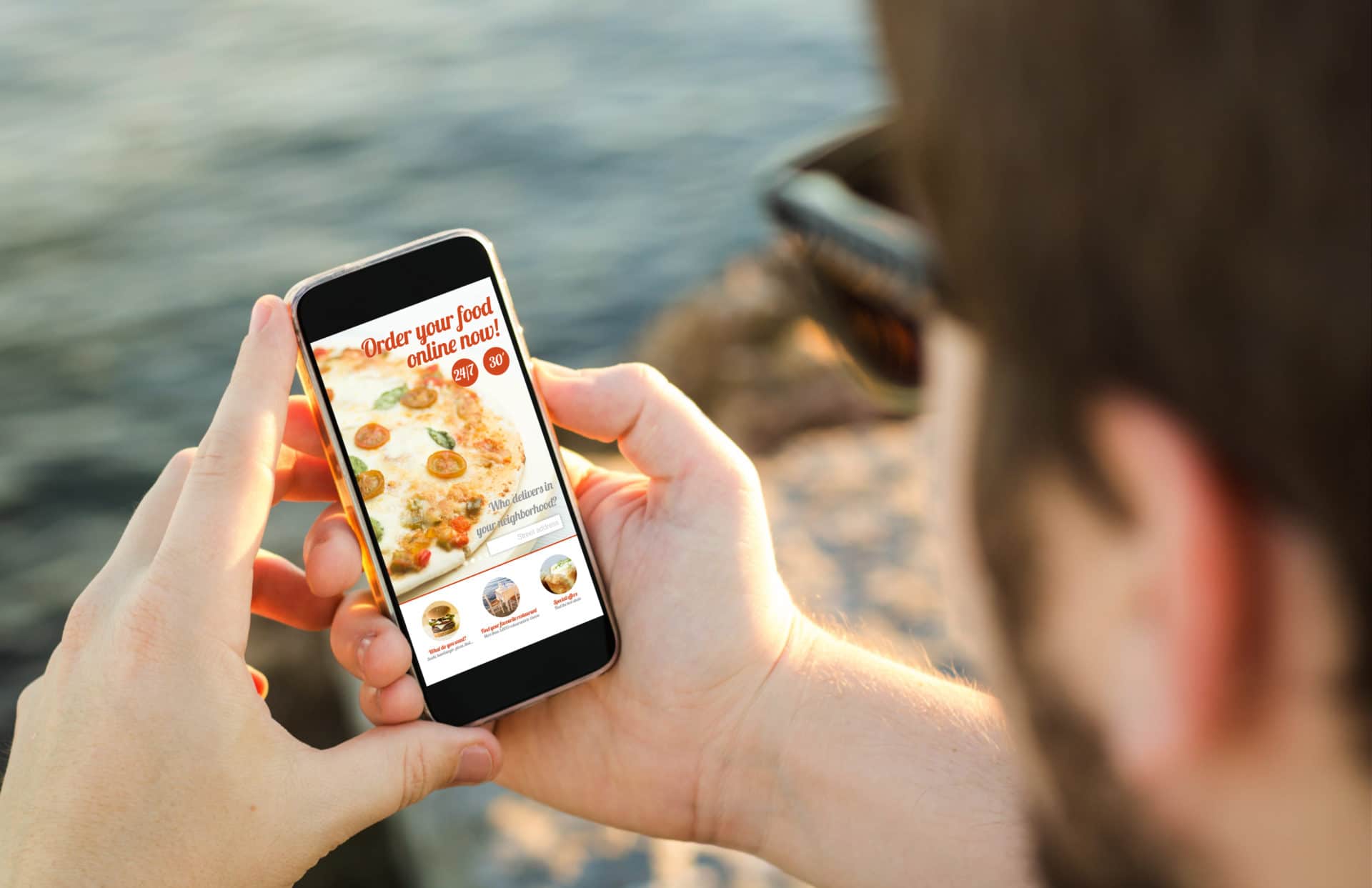Mobile order ahead has proven itself as a disruptive strategy for quick service restaurants interested in building out their mobile presence. And when you look at the benefits, it’s clear why: Mobile order ahead is fast and convenient, offering significant benefits for both consumers and retailers.
And while the practice has been fairly well-established over the past few years, many companies are still putting off their implementation. As we’ll review, these companies are missing out on a big opportunity—particularly as we enter 2019.
Mobile Order Ahead Is Expected
Even just a couple of years ago, mobile order ahead was considered a luxury. Domino’s Pizza launched its QSR system way back in 2014, with other market leaders like Starbucks and McDonald’s following suit shortly thereafter. At that time, customers weren’t used to the technology, and adoption rates were low.
Things are different in 2019. These days, mobile order ahead isn’t a luxury—it’s a necessity. Customers are more mobile than ever, and they’re growing to expect completely seamless shopping experiences from the comfort of their phones.
According to research, smartphone users access an average of nine different apps per day, totaling 30 unique apps each month.
It’s clear that users enjoy the simplicity of mobile use when compared to in-person shopping, and when you look at the benefits from their perspective, it’s not hard to see why. For customers, mobile order ahead is fast, easy, and convenient. All they have to do is type their order in and pick it up—no fumbling at the register or waiting for service required.
And while sites like GrubHub and Uber Eats provide many of the same benefits (with added costs to the business owner), these services add an unnecessary middleman into the equation. Customers crave simplicity in their shopping, a well-established trend that continues to grow over time: Research shows that 86 percent of shoppers are willing to pay more for a great customer experience.
Now, just imagine what kind of impact you could make on these customers by providing this great experience while letting them pay less at the same time.
This is the benefit of mobile order ahead. It’s a way to managing customer shopping experiences that provides great benefits for both of you:
- Give customers accurate and location-specific information on menus, ordering options, and pricing
- Increase your brand loyalty with a branded mobile app, while making it easier on your customers for repeat orders
- Provide access to exclusive in-app offers, discounts, and loyalty programs
- Eliminate their need to handle money or credit cards at the point of purchase
Consider this a basic rundown of the benefits of mobile order ahead for customers. Of course, as we noted, the benefits aren’t limited to your customers—you’ll benefit just as much as they will.
Your Company Needs It
In the simplest terms, mobile order ahead is a customer experience management tool. With a dedicated mobile app, your business can learn a tremendous amount of info about your customers that you wouldn’t be able to find elsewhere:
- What does each customer typically order?
- What time of day does each customer order?
- Which promotions do each customer take advantage of, and which are most useful for upselling?
The mobile order ahead process helps you tie purchases to specific customers accounts that can be monitored by time, location, and activity. It’s an important part of learning about your users and providing an omnichannel shopping experience at the same time.
For example, Starbucks might see that a specific customer always orders a coffee at 8 a.m. However, there might come a few days where he/she doesn’t show. Starbucks can recognize this disruption and send the customer a reminder the next day, complete with a 50 percent off coupon for a pastry to encourage them to come back.
Of course, this is just one use case for the data. Leaders in QSR like McDonalds and Starbucks understand the value of mobile order ahead in 2019 and offer significant discounts to users who order through their apps. It’s not unusual to find companies offering order ahead deals that come out to 25 percent or even 50 percent less than paying in-store. All are seeing an increase in revenue overall.
As we reach 2019, more companies will realize the benefit of this strategy. Offering a few dollars of discount will cut into margins slightly—but the trade-off of getting users to order in the first place and get engaged with the app is well worth it.
Implementing Mobile Order Ahead
The advantages of mobile order ahead are great, but businesses need to act sooner rather than later to reap the full benefits. Back in 2016, Business Insider predicted that the mobile ordering industry would reach $38 billion by 2020, encompassing 10 percent of all quick-service restaurant sales.
As it turns out, these impressive projections might have been too conservative. Early in 2018, Starbucks reported that 11 percent of its total U.S. orders came through its mobile order ahead app. And while Starbucks has certainly refined its strategy more than many of its competitors, they’ve already left BI’s projections in the dust.
By the time 2020 hits, there’s no telling how many more consumers will have gotten on board the mobile order ahead train. Companies interested in getting in on the action need to begin planning their implementation now. The QSR landscape is moving fast, and the companies that adopt new strategies early will always have an advantage over those that wait. Reach out now to bring a branded mobile order ahead app solution to your customers and see your revenue increase overall.

